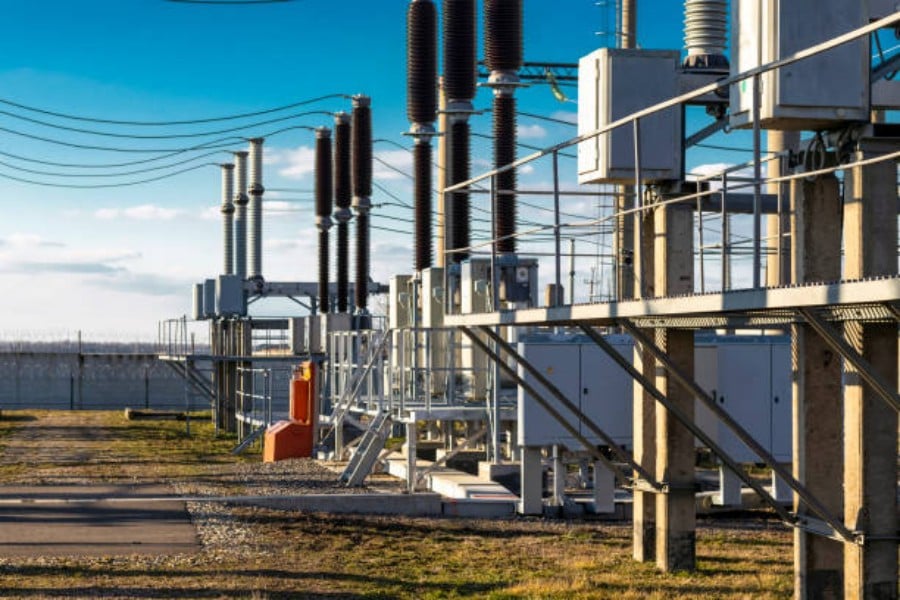Introduction
high voltage switchgear testing is a crucial procedure to ensure the reliable and safe operation of power systems. The switchgear, which is widely used in power plants, substations, and industrial facilities to control and protect electrical equipment, must undergo rigorous testing to detect potential faults and defects before they cause catastrophic damages or safety hazards.
Why High Voltage Switchgear Testing is Important
High voltage switchgear testing is vital to prevent potential failures, equipment damages, and human injuries. The switchgear, which typically operates at voltage levels from 1 kV to 800 kV, must withstand various electrical, mechanical, and environmental stresses over their lifetime, such as voltage surges, short circuits, temperature changes, and humidity. Testing the switchgear under different conditions can reveal any weaknesses or defects that might compromise its performance and safety.
Types of High Voltage Switchgear Tests
High voltage switchgear testing involves various types of tests, including:
- Visual inspection
- Functional tests
- Mechanical tests
- Electric tests
- Temperature rise tests
- Partial discharge tests
- Dielectric tests
Visual Inspection
Visual inspection is the first step of high voltage switchgear testing, which aims to check the switchgear's physical appearance, connections, and insulation for any abnormality or damage. This includes examining the switchgear's structure, bolts, bushings, conductors, contacts, insulators, and seals, and looking for signs of wear, corrosion, dirt, moisture, or cracking. Any fault identified in this stage must be addressed before proceeding to the next testing stage.
Functional Tests
Functional tests evaluate the switchgear's performance in different operating conditions, such as opening and closing times, contact resistance, synchronization, switching sequence, and interlocking. The tests simulate various fault and overload scenarios to verify that the switchgear can withstand and interrupt high currents and voltages without tripping or failing. The results of functional tests are compared against the manufacturer's specifications and relevant industry standards.
Mechanical Tests
Mechanical tests examine the switchgear's mechanical properties, such as vibration, shock, and seismic resistance, to ensure that the swtichgear can withstand external forces and maintain its integrity. The mechanical tests include testing the switchgear's resistance to thermal expansion and contraction and verifying that the switchgear can withstand bending, torque, and compression loads. The mechanical tests also check if the switchgear can function properly in extreme weather and environmental conditions.
Electric Tests
Electric tests verify the switchgear's electrical properties, such as insulation resistance, power frequency withstand voltage, lightning impulse withstand voltage, and line and phase capacitance. These tests measure the switchgear's ability to withstand high voltage stresses and prevent breakdown or flashover. The electric tests are usually performed using a high-voltage test system that generates voltages up to 2.5 times the rated voltage of the switchgear.
Temperature Rise Tests
Temperature rise tests assess the switchgear's ability to dissipate heat generated during its normal operation. The tests measure the temperature rise of the switchgear's components, such as the busbars, earth switches, contacts, and cable terminations, under simulated load conditions. The temperature rise tests confirm that the switchgear can operate within its thermal limits and prevent overheating that could damage the insulation or lead to a fire.
Partial Discharge Tests
Partial discharge tests detect any insulation defects or degradation in the switchgear that could lead to failures or malfunctions. Partial discharges are small electrical sparks that occur within the insulation and can cause localized heating and breakdown of the material. The tests measure the magnitude and frequency of partial discharge activities under various voltages and frequencies and compare the results against the acceptable levels according to the relevant standards and regulations.
Dielectric Tests
Dielectric tests confirm that the switchgear's insulation can withstand high voltage stresses without breaking down or flashover. The tests measure the switchgear's power frequency and impulse withstand voltages and compare them against the specified values. The dielectric tests also check for any stray capacitances or corona effects that could affect the switchgear's performance and safety.
Standards and Regulations for High Voltage Switchgear Testing
High voltage switchgear testing must comply with various international and national standards and regulations, such as:
- IEC 62271-200: High-voltage switchgear and controlgear - Part 200: AC metal-enclosed switchgear and controlgear for rated voltages above 1 kV and up to and including 52 kV
- IEEE C37.20.2: Metal-clad switchgear
- ANSI/IEEE C37.20.3: Metal-enclosed interrupter switchgear
- ASTM D2863: Standard Test Method for Measuring the Minimum Oxygen Concentration to Support Candle-Like Combustion of Plastics (Oxygen Index)
Conclusion
High voltage switchgear testing is an essential part of ensuring the safety and reliability of power systems. The testing procedures, which include visual inspection, functional tests, mechanical tests, electric tests, temperature rise tests, partial discharge tests, and dielectric tests, must comply with relevant standards and regulations. By detecting potential faults and defects, high voltage switchgear testing can prevent equipment damages, power outages, and human injuries, and save costs in the long run.

